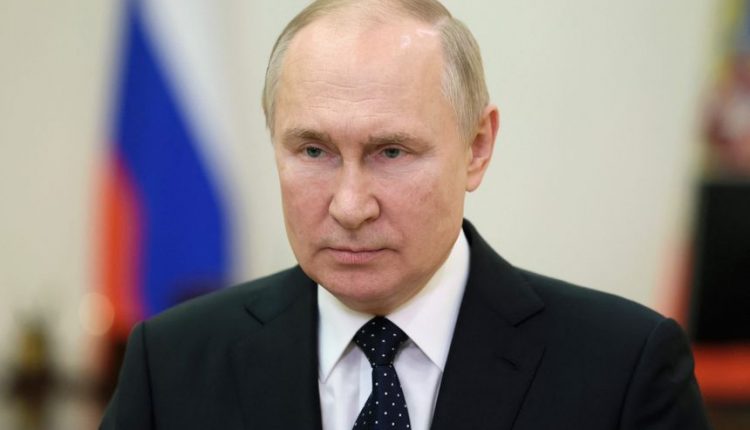Moscow: Russian President Vladimir Putin has announced significant changes to the country’s nuclear weapons doctrine amid escalating tensions with Ukraine. The new guidelines, which redefine the circumstances under which Russia might deploy nuclear arms, come in response to increased military pressure from Ukraine, supported by Western nations.
During a National Security Council meeting aimed at revising Russia’s nuclear strategy, Putin declared that any attack on Russia by a non-nuclear state aided by a nuclear-armed country would see both viewed as aggressors, with Moscow reserving the right to retaliate against both. Furthermore, the updated doctrine allows for a nuclear response to conventional weapon attacks on Russian territory.
This doctrine shift is seen as a direct response to the ongoing conflict with Ukraine, which has recently intensified. Notably, this conflict marked the first occupation of Russian land since World War II, with Ukraine reportedly seizing control of the Kursk region.
The discussions within Western circles about empowering Ukraine to strike deeper into Russian lands using long-range missiles have also influenced these changes. According to reports, these strategies include potential attacks on Russian military bases, prompting a robust revision of Moscow’s military response options.
While President Putin refrained from directly naming Ukraine in his remarks, he emphasized that the rapid changes in the global scenario necessitated this doctrinal update. In contrast, Andrey Yermak, Ukraine’s Chief of Staff, labeled Putin’s revamped doctrine as “nuclear blackmail,” asserting that such tactics would no longer intimidate the global community.
This development signals a significant escalation in Russia’s defensive posture, reflecting the deepening complexities of the Russia-Ukraine conflict and the broader geopolitical tensions involving NATO and its allies. The world watches closely as these doctrinal changes could redefine the boundaries of international warfare and nuclear deterrence.



Comments are closed.